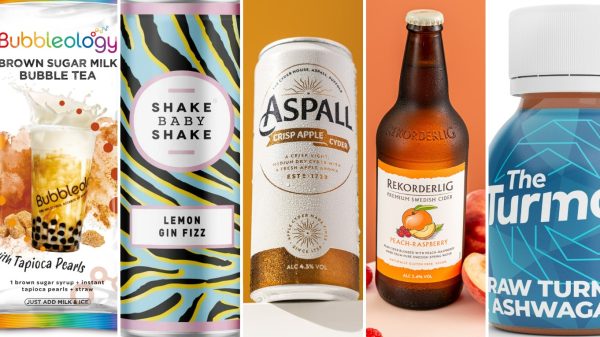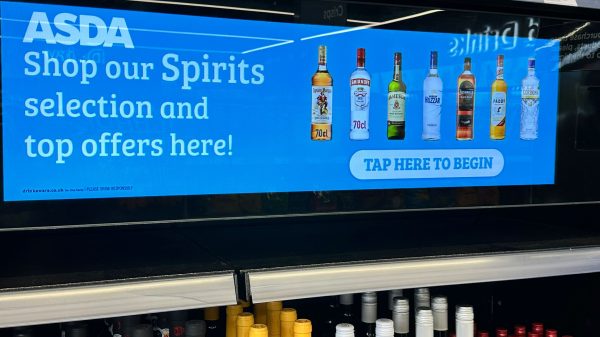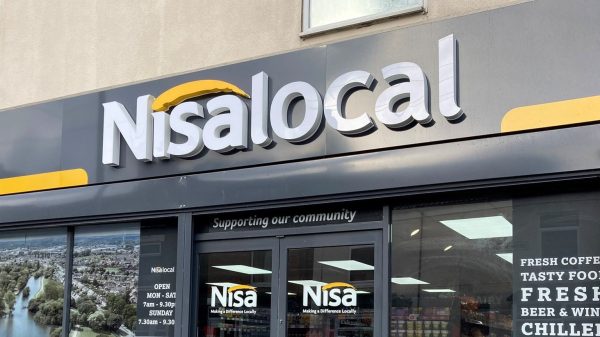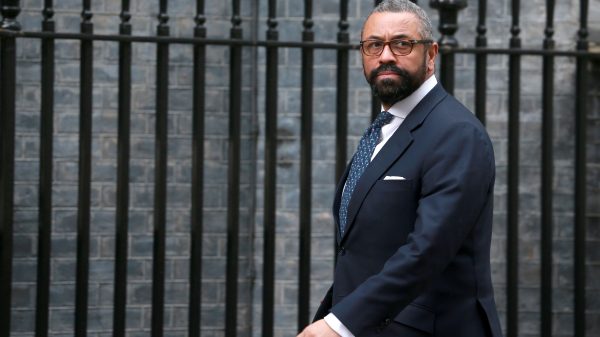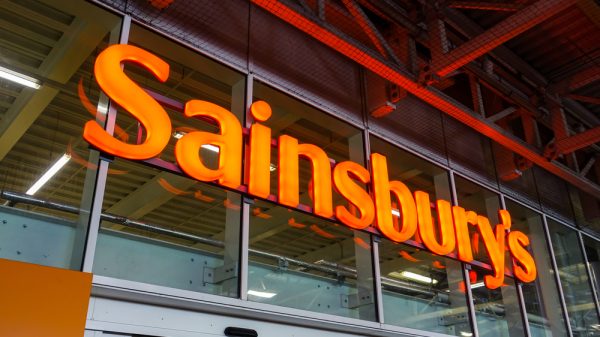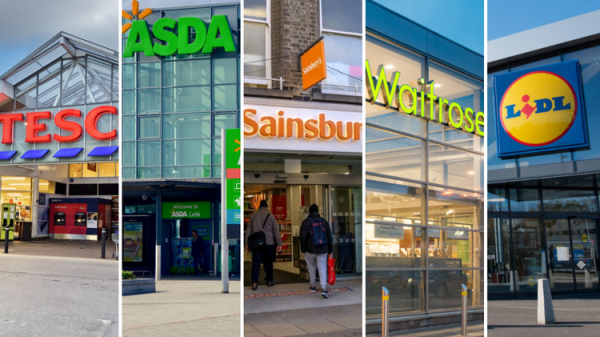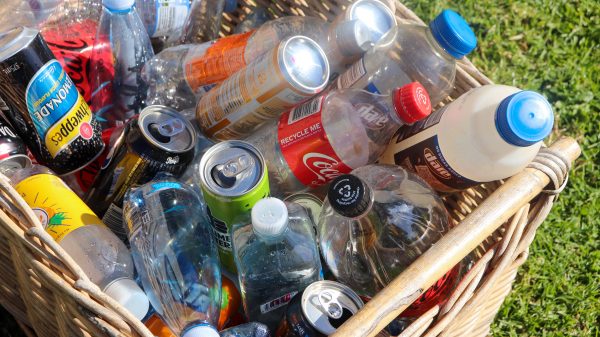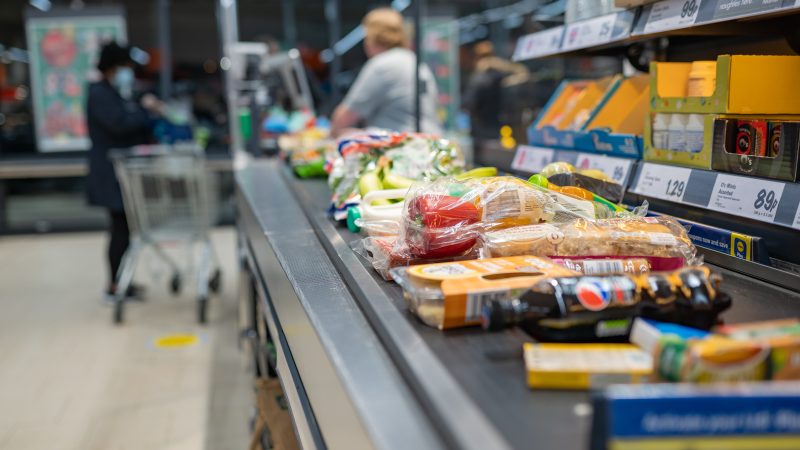Low-income households are spending £250 million more a year on some of the unhealthiest food and drink categories than higher-earning families, new research has revealed.
According to a report from non-profit organisation Impact on Urban Health and sustainable food company Mission Ventures, there are ten food and drink categories that are currently lacking both affordable and healthier options – contributing to the contrast in overall spending.
Analysing data on product lines across the UK grocery market, the report discovered that these categories represent £4.3 billion in annual grocery sales.
Over half of that (£2.3 billion) comes from households on lower incomes, versus £2 billion from households on higher incomes, equating to a £249 million disparity.
Subscribe to Grocery Gazette for free
Sign up here to get the latest grocery and food news each morning
Has stated by the data, frozen ready meals and frozen processed poultry like chicken nuggets are most frequently purchased, with households on lower incomes spending up to £376 million more on these items than affluent households.
Following close behind this is canned soft drinks, instant hot snacks like pot noodles, and children’s biscuits, with low-income families spending up to £286 million more.
The new report from Impact on Urban Health and Mission Ventures marks the launch of the Good Food Programme, which directly invests and supports food and drink start-ups in typically unhealthy categories – helping them to break through and challenge larger grocery brands that often dominate the market.
Both sustainable companies also made a plea in the report for the government to bring forward updated HFSS rules, or create similar regulation.
“Everyone deserves the opportunity to be healthy and eat well. It’s not right that families on lower incomes can’t get enough healthy, affordable food in the places they live, work, and go to school,” programme director from Impact on Urban Health, Rebecca Sunter said.
“Right now, healthy options are on average three times more expensive per calorie than unhealthy alternatives.
“The Good Food Programme demonstrates that this doesn’t have to be the case,” she added.
Sunter continued saying that entrepreneurs and start-ups are “transforming the way in which we make, sell and buy food,” reaching supermarket shelves at an affordable price point and offering consumers the option to switch from less healthy products.
“We hope this report opens up the conversation around the potential of healthier challenger brands and the support needed from the food industry, policy makers and investors to make the most of this opportunity to level the playing field,” Sunter said.
Managing director and co-founder at Mission Ventures, Louis Bedwell commented: “HFSS was working, and we believe the government should go full throttle on its initial intentions instead of dragging its heels on genuinely good legislation.”
Bedwell added that real change cannot be achieved unless the industry bears heavy responsibility.
“Even in anticipation of HFSS coming into force, a fleet of start-ups seeking to challenge household-names with healthier alternatives took off, inspiring many incumbents to do the same through reformulation projects and NPD.”
The news comes as Tesco has partnered with a raft of retailers and suppliers to call on the government to take “meaningful” action to cut childhood obesity, after a series of backtracks on public health commitments.

